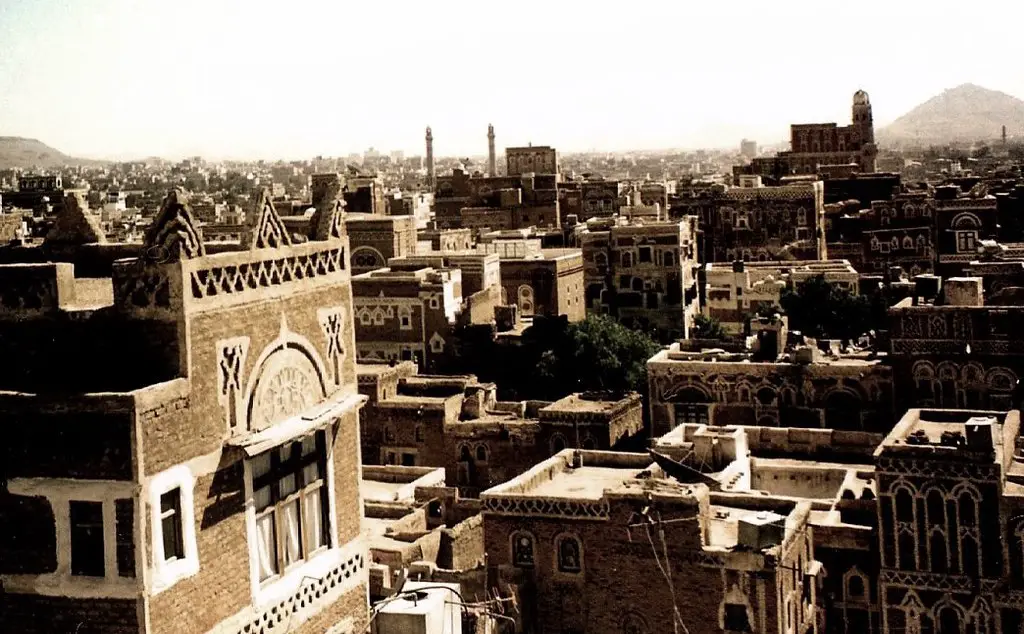Environmentally conscious buildings have been around for much longer than the public debut of our modern environmental crisis. Since the early 19th century, residents of Yazd, Iran, have been using wind as an alternative energy source to cool their homes on warm summer days. A ‘windcatcher’ (called the badgir in Farsi) is an ancient Persian architectural element used in various central and southeastern towns and cities in Iran, where the majority of the ecological fabric are made up of deserts. Similar to any desert, the temperature varies greatly between day and night, with windcatchers becoming essential for keeping homes at a consistently comfortable temperature.
The original windcatchers in Iran are normally multi-directional with two to eight openings at the top to catch the breeze from any direction, depending on regional factors like climate, day-night temperature differences, and the general wind direction. Windcatchers have various functions, but one of the most common includes the combination of a tall-capped tower with an underground canal to store the wind power in addition to being a cooling system.
Besides their unique construction and architecture, windcatchers also act as an innovative energy-saving system for maintaining the temperature of water reservoirs. With the combination of water tanks and windcatchers, the residents of Yazd – the oldest inhabited city in Iran – were able to keep the lower levels of their buildings cool, providing a a place to escape from humid summer days as well as somewhere to store food.

This architectural feature remains popular among eastern cultures, but there is also an increasing awareness of the application of natural ventilation and passive cooling in western countries, with numerous studies conducted on the performances of windcatchers, often finding that passive air movement inside buildings improves air quality and reduces internal temperatures. This may seem like common sense, but the idea of the windcatcher has only recently attracted the attention of western architects, who have revived its shape and function. In the Visitor Centre at Zion National Park, US, a windcatcher has been developed in a modern wooden building without the addition of any mechanical devices to maintain temperature. This center represents a successful example of the adoption of ancient and cultural energy-saving technologies, which yields significant, measurable energy savings in the building.

In more contemporary terms, other western cultures have used the basic principles of ancient windcatchers as a modern and sustainable architectural element. However, unlike the ancient equivalents, some of these modern windcatchers are made out of aluminum to provide a larger upwind scoop, creating a more powerful airflow. With this system the wind can blow from any direction and the tower will continue to function. The Kensington Oval cricket ground in Barbados (by Arup Associates), as well as the Saint-Etienne Metropole’s Zenith (by Foster and Partner, pictured above) are examples of how this method has been used more recently. Furthermore, the Burj al-Taqa, a zero emission and zero energy tower in Dubai (by Eckhard Greber), uses the passive cooling system with a 196- feet diameter wind tower on its roof. These developments show that a reinterpretation of the principles of the Persian windcatcher can turn an ancient technology into a useful method for making modern buildings more sustainable.


